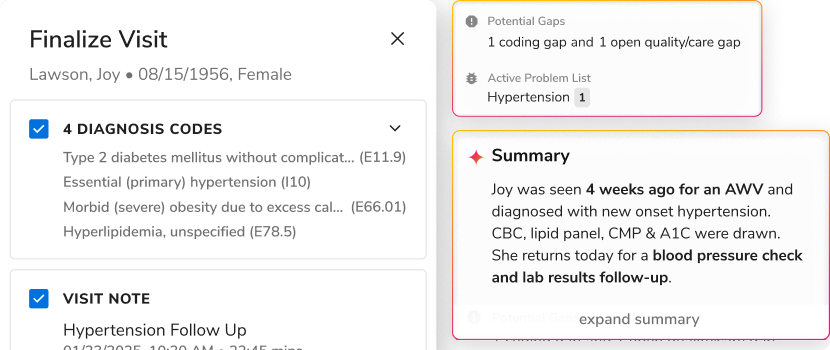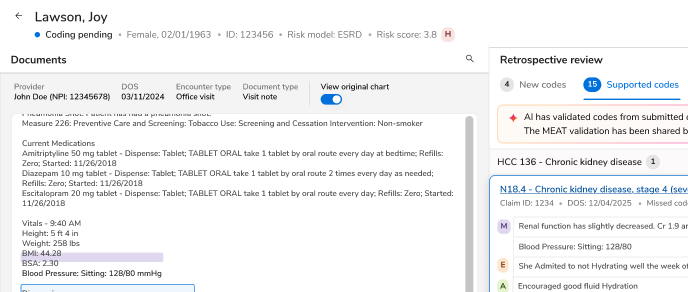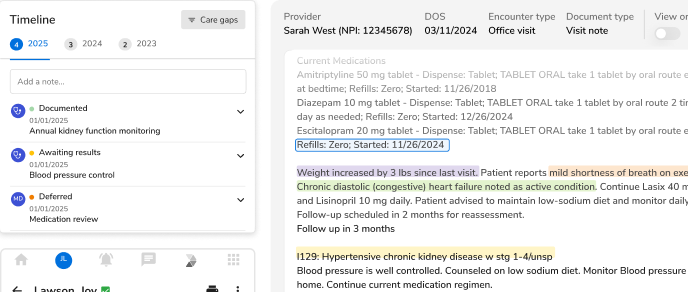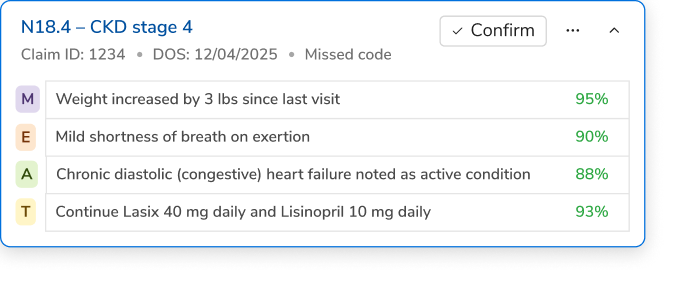Strategies for Minimizing Errors in Healthcare Documentation

In healthcare settings, accurate and timely documentation is crucial for providing quality patient care. However, documentation errors can occur for various reasons, leading to potential detrimental impacts on patient safety and healthcare outcomes. As a best practice, healthcare organizations incorporate processes and technology tools to help minimize these errors.
For starters, electronic health records (EHR) include autofill and alert features, standardized documentation templates, and typically establish a peer review process for chart audits. This helps to encourage a culture of quality improvement around documentation. Training staff in proper documentation protocols is another good practice.
Need for Accurate Documentation
Medical records contain an incredible amount of information, such as a patient's medical history, diagnosis, treatments, prescriptions, allergies, test results, and more. They are the main resource used by medical professionals to monitor a patient's health, make diagnoses, and administer the right care.
Mistakes in medical records can result in a variety of issues–incorrect diagnosis and treatment, legal troubles, and higher medical expenses. Furthermore, patients now have direct access to their medical records thanks to patient portals. This transparency also highlights the need for accurate recordkeeping since any errors may impact patient satisfaction, trust, and quality of care.
Typical Mistakes Made in Healthcare Records
The Effects of False Documentation on Medical Records
Steps to Prevent Errors and Mistakes
Autofill features: By automatically filling in some fields, highlighting information that is missing, and guarding against errors like misreading handwriting, EHR systems help to reduce errors. Staff members can adhere to consistent formatting thanks to standardized templates. Peer reviews point out any issues with the documentation. Encouraging a company culture that prioritizes quality improvement will support ongoing initiatives to improve documentation through process enhancements, learning opportunities, and feedback.
Standardize documentation processes: Standardizing documentation processes across healthcare settings can help reduce errors by ensuring consistency and clarity in documenting patient information along with providing uniformity. This can include using standardized forms, templates, and EHR systems to capture and store patient data accurately.
Provide training and education: Healthcare professionals should receive comprehensive training and education on documentation best practices, including proper charting techniques, use of medical terminology, and understanding of documentation requirements and regulations. Providing routine education and training opportunities can help ensure that staff members are equipped with the necessary skills to document accurately.
Implement quality assurance measures: Establishing quality assurance measures, such as regular chart audits and reviews, can help identify documentation errors and areas for improvement. By conducting regular assessments of documentation practices, healthcare organizations can proactively address issues and prevent errors from recurring.
Use of technology: Implementing technology, such as electronic health records (EHRs), clinical decision support systems, and AI transcription tools can help streamline documentation processes and reduce the risk of errors. However, healthcare professionals need to use technology wisely and be mindful of potential pitfalls, such as copy-and-paste errors and reliance on auto-populated fields.
Encourage clear and concise communication: Effective communication among healthcare team members is essential for accurate documentation. Encouraging clear and concise communication through standardized handoff processes and interdisciplinary collaboration can help ensure that vital patient information is accurately documented and shared among providers.
Foster a culture of accountability: Creating a culture of accountability within healthcare organizations can help promote responsible documentation practices. This includes holding staff members accountable for their documentation accuracy and providing feedback and support to address any identified issues
Address documentation fatigue: Healthcare professionals often must manage a heavy load of documentation which can contribute to fatigue and an increased risk of errors. Addressing documentation fatigue through workload management strategies, such as prioritizing essential documentation tasks and implementing time-saving scribe tools, can help mitigate the risk of errors.
Conduct training regularly on legal and ethical considerations: Healthcare professionals should receive regular training on legal and ethical considerations related to documentation, including patient privacy laws, informed consent requirements, and documentation of adverse events. This ongoing education can help ensure that documentation practices align with regulatory standards and ethical guidelines.
Establish clear documentation policies and procedures: Clear and comprehensive documentation policies and procedures should be established within healthcare organizations to guide proper documentation practices. These policies should address requirements for documenting patient assessments, interventions, and outcomes, as well as guidelines for correcting errors and documenting late entries.
Closing Thoughts
By implementing these strategies to minimize errors in healthcare documentation, healthcare professionals can provide accurate, reliable, and timely documentation in healthcare settings. Ultimately, improving documentation practices can contribute to enhanced patient safety, better care coordination, and improved healthcare outcomes. All parties involved in the implementation of these strategies—including administrators and healthcare providers—must work together to succeed in their execution. The rewards are well worth the work, as evidenced by improved patient safety, higher-quality care, and heightened confidence in the healthcare system.

.png)





.png)









.svg)
.svg)

.svg)

